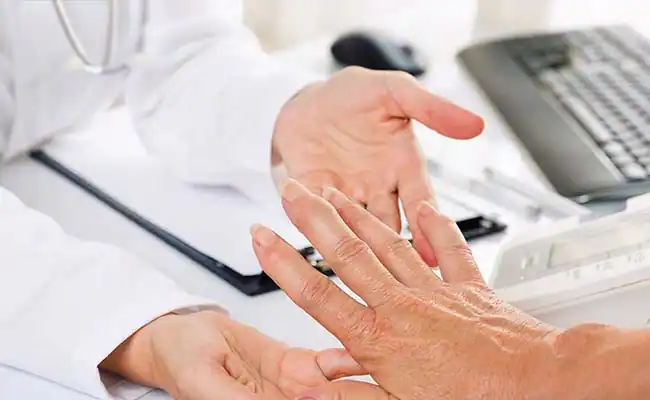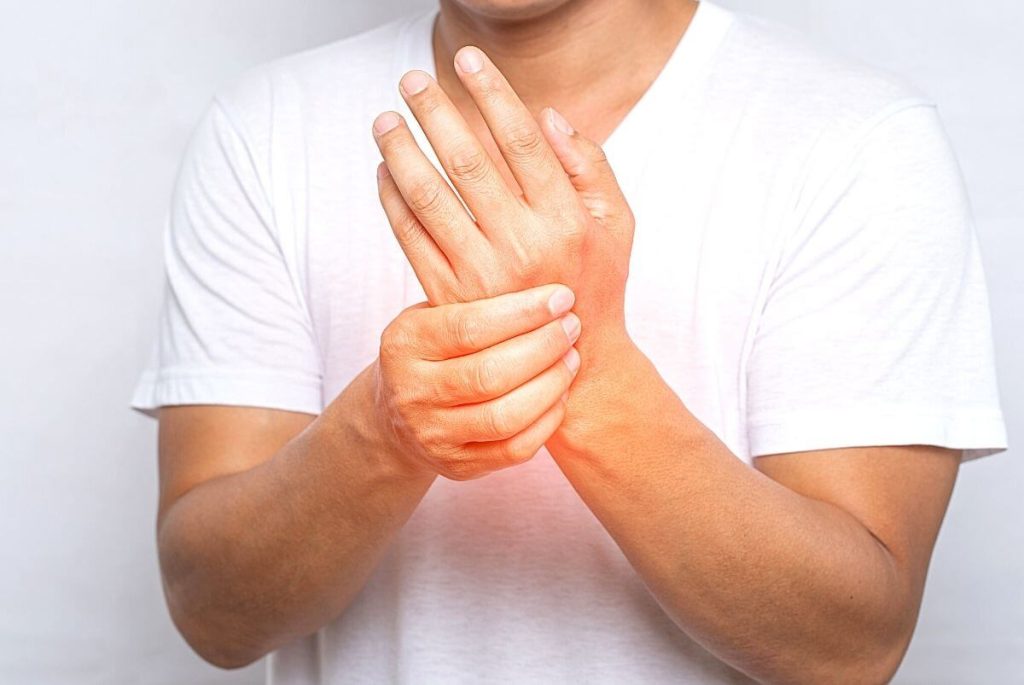Click Here for immediate access to Jonathan Brender’s Secrets
Why Joint Pain Isn’t Inevitable…and How to End Yours
by Jonathan Bender
One of the questions I most often hear from people is, Well, But what can I do about my knee/hip/back/neck pain? After all, I’m getting older!
OK, the truth is, there is some truth to that, in that we all have only so many miles in our joints. Some of us have more, and some of us, like me, have a lot less. However, limited mileage doesn’t doom us to lifelong joint pain.
When I was a teenager, I endured a tremendous growth spurt of 6 inches in just 4 months. It was terribly painful and it began more than a decade of constant knee trouble. By the time I was 25, despite the best care the very best sports-medicine doctors and physical therapists could provide, I had no cartilage between my knees. Severe, constant pain ended my very promising NBA career.
In retirement, I ended up creating my own rehabilitation program that was so successful, I have been pain-free for years, including while I was playing for the New York Knicks.
I’d like to share some of the “secrets” of that rehabilitation program with you now. Because of how your body is designed, these secrets will work with any kind of joint pain, from your ankles to your neck.
Secret #1: Hydrate, Hydrate, Hydrate
Nothing you do affects the inside of your body…as much as what you put inside of it.
And when it comes to your joints, that’s particularly true for what you drink.
When we’re young, our joints are up to 85% water. Water is also an important component of synovial fluid, which lubricates and cushions your joints.
As we get older, our joints tend to contain less and less water. They’re dryer and they don’t glide as well as they used to.
What should you drink?
Water. And more water. I don’t buy that expensive bottled water. I just draw it straight from the tap into a pitcher. I often toss in some lemon or lime slices, or mix and match ingredients like a cinnamon stick or three, crushed mint leaves, cucumber slices, or chunks of fruit, and let the water steep overnight. This adds flavor, vitamins, and anti-oxidants.
Herbal tea: spice blends as a pick-me-up, chamomile for its mild, pleasant flavor and calming properties before bed.
Be careful with coffee and black tea. There is very strong evidence that coffee has great health benefits, including reducing the risk of gout in women and men. However, caffeine itself can pull minerals from your body and aggravate joint pain. Decaf coffee and green tea are both excellent.
Skip soda, energy or sports drinks. There is simply nothing in them your body needs—and sky-high levels of sugar and caffeine that will hurt your joints.
(To learn more about how sugar can directly cause joint pain and make it a whole lot worse, Click here! http://fatdestroyer.fatlosswithease.com/jointrelief )
Instead, squeeze a whole real orange into a glass of sparkling water. It’s a delicious, refreshing alternative to soda.
Secret #2: Warm Your Muscles with Activity
Every joint has a code: the specific sequence that warms it up, stretches the muscles that surround it, and activates those muscles to support the joint.
So activity isn’t about exercise: the hiking or biking or walking you enjoy.
Rather, this is about warming up to getting the blood and lymph flowing in your body, and particularly around the joints that hurt.
Heat, walking, and even movements like jumping jacks, are all excellent ways to warm up. You can also target individual joints with specific activities, such as arm circles.
These activities warm your muscle so it can release knots and kinks more easily than if it were cold. Warm muscle also allows you to stretch more deeply and effectively.
Secret #3: Stretch Your Muscles to Release Strain
Yes, that’s right, and it’s a secret we’re taught to dislike. I’m not sure why, because done right, stretching is simple, pretty close to effortless, and practically painless.
And I get it.
I love engaging my muscles: it makes me feel strong and alive.
But during my growth spurt, my bones actually grew faster than my muscles, jamming my joints together. The one thing that might possibly have saved my knees was ballet-type stretching, where you hold a stretch for 20 to 30 minutes. I didn’t do it, I thought spending so much time stretching was a waste… and it would have saved me years of pain and possibly enabled me to retire on my own terms.
So I stretch now. Every.single-day.
And like most people, I do just fine with 2 or 3 20-to-30 second stretches.
That’s because, when we’re young, we’re supple and limber and active. As we get older, we become less active and our muscles get tighter and shorter, pulling our joints together so they grind against each other. Stretching stops and can reverse that tightening.
Stretching and warming activity are two of the three parts of the rehab program I created for myself to return to the NBA. I follow this rehab program to this very day. As long as I do it—despite being 7 feet tall, active, and having no cartilage between my knees, I am pain free.
My rehab routine takes about 20 minutes and while it varies from person to person, that seems to be pretty normal. Because I’ve helped thousands of people, from
- young trauma victims
- professional athletes
- baby boomers who want to stay active
- people with chronic diseases from arthritis to multiple sclerosis to
- seniors in their 90s
dramatically reduce and often eliminate their own joint pain.
If you’d like to learn more about how you, too, can radically diminish, even eliminate your own joint pain without drugs or surgery, click here! http://fatdestroyer.fatlosswithease.com/jointrelief
References
www.health.com › Osteoarthritis
Here are 12 natural arthritis remedies that might actually help ease the pain. … can help provide at least short-term pain relief and also ease joint stiffness
supplementpolice.com › Product Review › Joint Pain Relief & Care
Joint Pain Relief Codes wants to help by teaching you stretches and natural remedies … Here’s our review of the Joint Pain Relief Codes downloadable eBook





